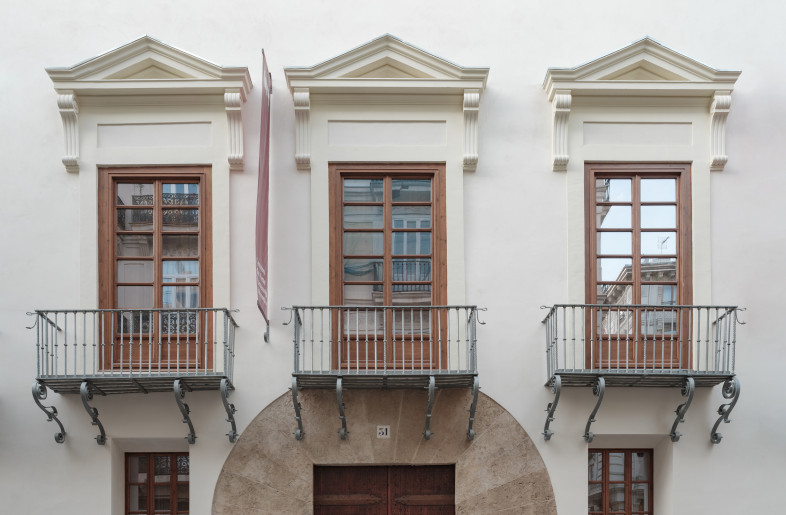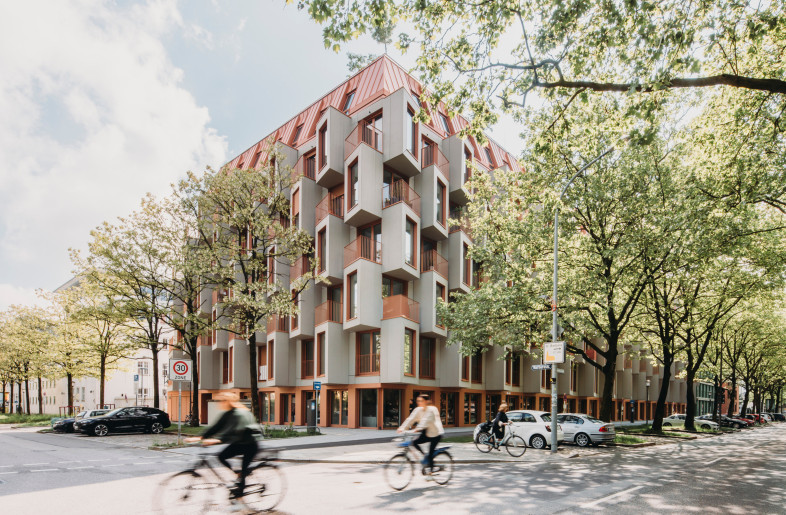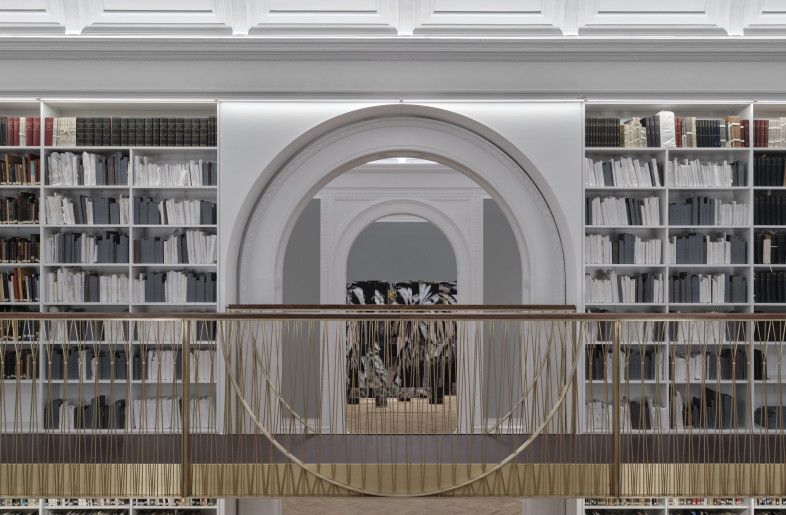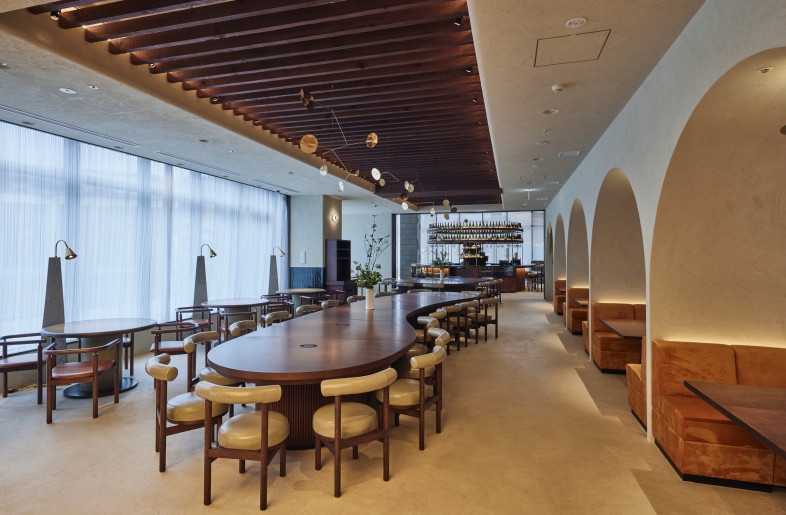This is an exhibition that explores Japanese craftsmanship through "Hida no Takumi". The venue, Japan House London, is the cultural hub of Japan in London, offering visitors the opportunity to immerse themselves in Japanese culture through exhibitions, events, food and retail. Hida no Takumi" is the collective name for wood craftsmen with a 1300-year history in the Hida region of Gifu Prefecture, where forests cover 92% of the land area. This exhibition brings together the activities of "Hida Takumi", starting with the diverse species of trees that grow in the forests of the Hida region, and continuing through the past to the present, including tools, culture, woodworking techniques, furniture, household goods, traditional crafts, Buddhist statues, Shinto rituals, songs, and education.
The highly skilled wood craftsmen are internationally recognized. The title of the exhibition, "The Carpenters' Line," has two meanings. One is the ink pot of woodworking tools, and the other is the genealogy of woodworking craftsmen. The room is divided by curtains depicting the forests and trees of Hida, surrounding the exhibits and visitors. Combined with the music composed of the sounds of Japanese forests and Hida craftsmanship, visitors can experience the exhibition as if they were walking through the Hida forest. Hida used to be called "mountain folds," so we named the curtains "folds" as well. When you enter the exhibition room, the first thing you see is a simple ladle with 90 species of trees against a background of forest photographs.
The exhibition conveys that human hands have been involved in the diversity of natural forests, and that trees have become tools and have built human life. Next, "mokugumi," a technique for joining and assembling wood without nails or hardware, surprises visitors, and a climbing hold that uses the natural shape of a wooden hump suggests the future of design. On-site research was critical to the composition of this exhibition space. The research included reading records that still exist today and interviewing various people involved in the process, resulting in a process that connected the whole picture of Hida's craftsmen, who have a long history and many facets. The objects and information uncovered in the process were incorporated into the exhibition, adding depth to the viewing experience. The exhibition and its design provided an opportunity for architecture students from the Royal College of Art to visit the Hida Takayama workshop and further their studies.





















-thumb.jpg)
